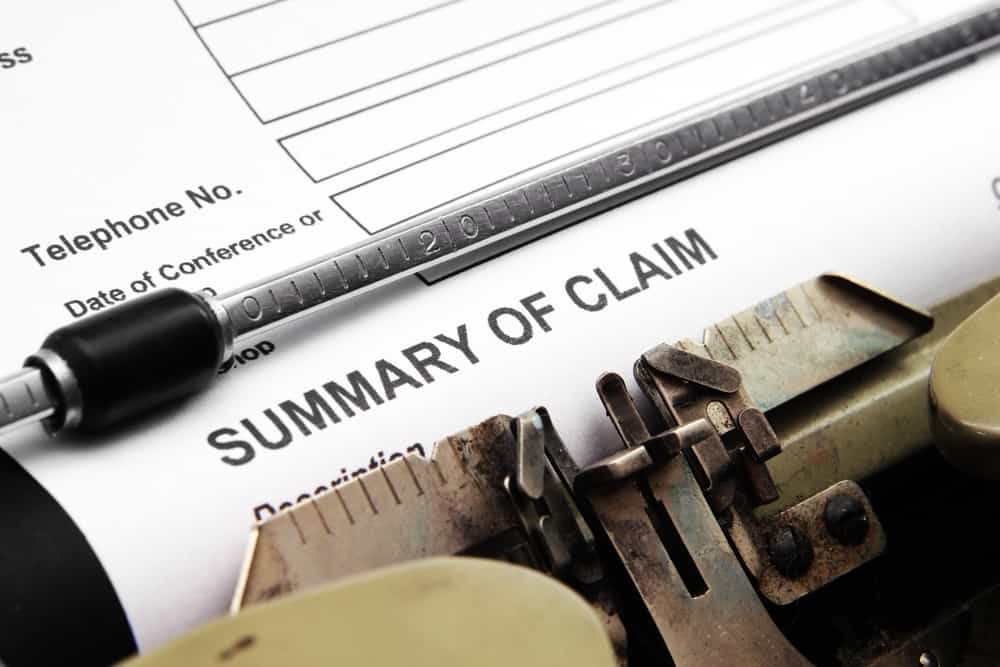Learn how to calculate your injury claim to know if the amount the adjusters offer you is fair.
It is not always easy to work out the amount of money that fairly represents your loss because there is no specific formula. Each case has unique circumstances making every personal injury case different.
Besides factoring in your medical costs and lost wages, you must consider any pain and mental anguish. Insurers try to get away with paying the bare minimum, so the onus is on you to prove you deserve the maximum compensation.
Whether you are working out the amount yourself or seeking an attorney’s services, this is a step-by-step guide to calculating personal injury cases.
Requirements for building a successful injury claim
Your personal injury case’s success depends on proving your injuries were caused by someone else who was at fault. That means that from the moment you are hurt, you must gather evidence to prove this. The evidence must include medical bills, police reports, pictures, and any other evidence from the incident.
1. Proving you are hurt
You will need medical records to prove you were injured, so seek immediate medical care. If you wait, the insurer might claim your injury was caused after the incident.
After that, keep a file with all your medical records and medical bills. Include any other treatments you needed for your injuries, e.g., physical therapy.
2. Show who was at fault
Evidence is vital to prove the other party was at fault. Be sure to gather police reports, any pictures or videos, and eyewitness statements.
Liability means that the party at fault (or his insurer) is legally responsible and for the financial cost of your injuries and the pain suffered.
3. Collecting evidence for complicated cases
Some personal injury cases are complicated. These include defective product liability cases, medical practice claims, and lawsuits against pharmaceutical companies. In cases like these, an attorney is needed to help you collect evidence. The reason is they often require subpoenas or court orders.
4. Contacting the insurer
Whether you decide to handle the claim alone or with an attorney, you need to send a notice letter to the insurer about your intent as soon as possible after your injury. The insurance company will respond with a “Reservation of Rights” letter saying they will investigate your claim. The letter will state that they might deny your request if there is no coverage for your type of injuries.
If you are called for a recorded statement by the insurance adjuster, watch what you say because they may use it against you. Never give them old medical records because they may argue your injuries weren’t caused by the incident.
Never feel rushed to accept an early settlement, especially if you are still receiving treatment for your injuries.
5. How to calculate the value of your injury claim?
You must include all your costs for the injury in your claim. Losses suffered are called “damages” by insurance companies. There are two categories of damages to consider:
Special damages
Special damages are the expenses that can be measured and include:
- All medical bills for doctors and hospital stays
- Bills for treatments and therapies
- General medical expenses paid by yourself, e.g., medications, bandages, ointments, etc.
- You needed to repair or replace any items because of the incident, e.g., glasses, vehicle, etc.
- Any wage loss caused by your injuries
These are all easy to calculate because you will have proof of every dollar spent.
General damages
General damages are harder to calculate because they aren’t tangible. General damages you can claim include:
- Emotional distress
- Physical pain
- Anxiety and depression
- Sleep loss
- Loss of the ability to concentrate
- Loss of consortium
General damages need to be justifiable to the adjuster. A reasonable estimate for general damages is usually one or two times the amount of your special damages.
6. Putting together the settlement demand
The package sent to the insurance company with your injury claim must contain a letter of demand in which all the damages are listed. Also, attach copies of the evidence that backs your claim. Always keep a record of all the papers you send to the insurance company.
7. Personal Injury Settlement Negotiations
Adjusters are there to save the insurance money. Once they receive your claim, they are unlikely to agree to the amount you demand and will make you a counteroffer. Even though you probably have a drop-dead figure in mind with the least you will accept, never tell them this figure.
Tell them you will review their offer and will get back to them. Negotiations may take time, and you may need to work down bit by bit until a settlement is reached.
If settlement negotiations fall apart, immediately contact your lawyer to file a lawsuit. Remember, most of these cases have a statute of limitations, so don’t wait too long.


